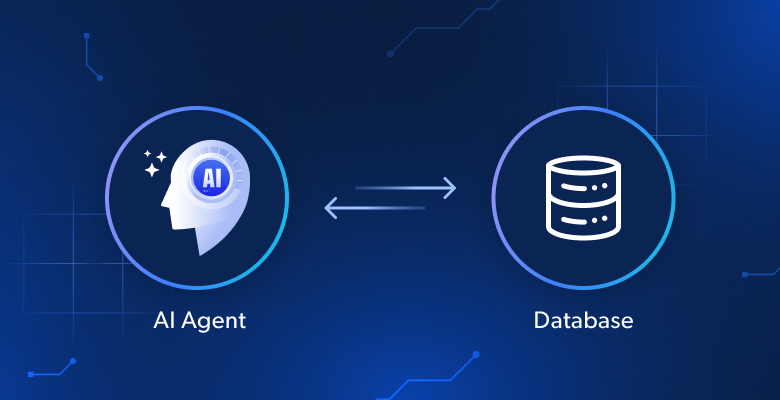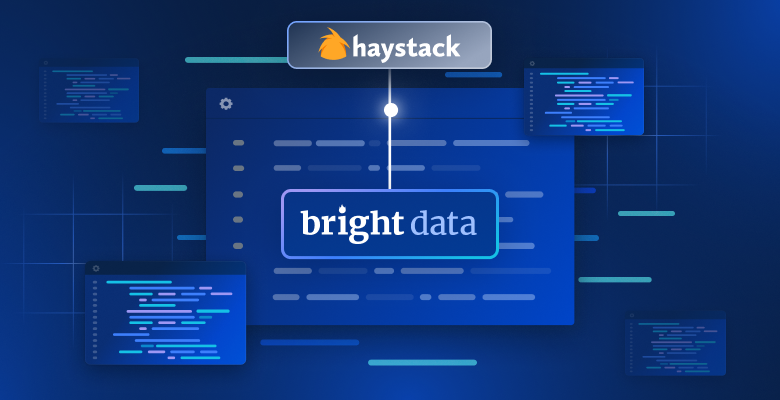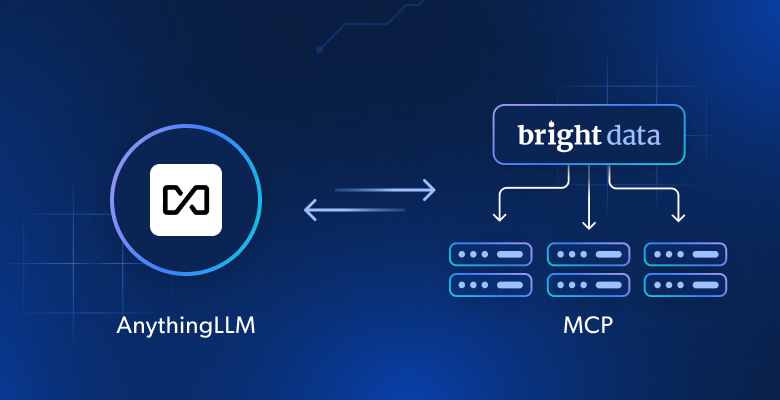In this guide, you’ll learn the hows and whys of the following skills:
- Identifying your objectives
- Identifying all possible data sources
- Collecting and preparing your data
- Visualizing and exploring your data
- Developing insights from your data
- Making your data-driven decision
- Making results-driven adjustments and better future decisions
What Is Data-Driven Decision Making?
Information is everywhere, and it’s difficult to discern bad from good, and good from great. At its core, all information is data–not necessarily useful data, but data nonetheless.
When we clean, sort, and analyze this data, we’re making data-driven decisions. With so much noise and misinformation around, data-driven decisions are more important than ever. Whether you’re looking for something to watch, or investing money in a Fortune 500 company, data helps you tune out the nonsense and make more informed and confident decisions.
The Importance of Data-Driven Decisions
Making uninformed decisions is akin to gambling. If you’re making a financial decision, it’s literally gambling! Our primal instincts are great at telling us to eat, use the bathroom, and assess our surroundings for immediate threats. They are not good for making life-changing decisions.
Imagine you’re a store owner and you’ve got some empty shelf space–you need a product to sell there. First instinct might just be to fill the empty space. You walk outside and grab a chunk of broken concrete from the parking lot. Then, you proceed to place it on the shelf with a price tag of $500. Was this a good decision? Not likely.
Now, let’s pretend you’re the same store owner, but you’re using your brain instead of your instincts. This empty shelf is right next to the checkout counter? When do people make the most impulse buys? When they’re rushed and pressured (like right here). You decide to put convenience items here–candy, sugary drinks, maybe some adult vices like tobacco, alcohol, and lottery. People see these items when they’re done shopping. After only a day, your total sales are up strictly from the impulse buys. This is data-driven decision making.
Real-World Examples of Data-Driven Decisions
From corner stores to corporate boardrooms, data-driven decisions are all around us. The store analogy was just a small example. Here are some more real-life examples of data-driven decisions at a larger scale.
- Stores: Large stores like Walmart analyze their foot traffic. They look at historical sales, and they even think about the weather. Have you ever been to a store the day before a blizzard? The snow shovels and salt weren’t put at the store’s entrance by mistake!
- Entertainment: Companies like Hulu, Netflix, and YouTube track your viewing habits and your likes. This data lets them accurately predict what you’re going to like next. You don’t want to admit it, but there’s a reason “My Little Pony” keeps showing up in your recommendations.
- City Planning: When your town is getting new roads, they look at the current traffic. Where do traffic jams happen? Which stoplights stay green for 3 minutes–just for one car to go through?
Data-driven decisions are everywhere. If I wanted to, I could stretch the list of examples to well over 1,000 instances–and you’d encounter each of them in a typical day.
7 Steps To Making Data-Driven Decisions

Now, it’s time to learn these dark arts and exploit them for your own personal gain. Data-driven decision making isn’t actually some mystical process reserved only for priests, sages and the royal class. Whether you’re stocking a shelf or picking your next product line, this seven step process will take you from “I’ve got a feeling…” to “I’ve got results!”
1. Identify Your Objectives
What problem are you trying to solve? Make these goals as clear as possible. “I wanna be rich!”–nice goal, but it doesn’t explain how to get there. How about this? “I want to look at market trends. Using those trends, I want to select the best product line for my company.”–This is an attainable goal.
- If you’re trying to improve your site’s SEO, you want to improve keyword usage, internal linking, and backlinks.
- If your store wants to sell more chocolate syrup, put a display shelf by the ice cream.
- If you want to build the next killer app, look at the Apple Store and Google Play. Figure out what your customers want!
2. Look Everywhere For Key Sources of Data
To ensure success, you need to find all your key sources of data. “I want to look at market trends…”, to find your trends, you need historical data. There are tons of sources– and the best ones are usually hiding in plain site. You need to understand your data sources.
- Boosting SEO? Your writers and developers are internal sources. For external sources, look at Google Analytics or even our SERP API.
- Need to unload chocolate syrup? You need historical ice cream sales. Your ice cream stocker is a great internal source of data here. Externally, check out the Amazon Products Dataset.
- To identify Play Store success, you need reviews. You can ask people in your company what they think, but you also need external data. We have a goldmine of them here.
3. Collect and Prepare Your Data
Collecting data is kind of like fishing with a net. Cast out a large net and hope some fish swim into it. If you’re not buying ready-made data, you need to collect it yourself. This process usually involves parsing to extract your data and then cleaning it to remove any outliers or skewed results.
- When boosting SEO, you might scrape Google Search to find the top results. Then you might collect their data to see why they’re at the top.
- When selling chocolate syrup, get your previous sales data. Use the historical data you found on the web. Clean the outliers–this way you can see the trends.
- When planning that app, look at the good reviews and bad ones. Keep the real ones, toss the “I woke up late and used Yelp as a weapon” results.
You need to find quality data, and remove any biases or outliers that skew the results.
4. View and Explore Your Data
You’ve got your clean data. Now you need to see what it actually holds. Load your datasets into a spreadsheet. You can use something lightweight like CSV, or if you need more muscle, you can use Excel. You’re not just staring at the numbers, you’re poking around and trying to find the story.
- Boosting SEO? Sort by ranking. Then, sort by domain name or backlinks. What catches your eye?
- Selling chocolate syrup? Sort by date. Next, look at the brand names–is anything popping out at you?
- Planning App? Sort by category. Now, sort by price. Try sorting by the publisher name as well. Are you noticing anything about the successful ones?
Do catchy domains often have high SEO? Is Hershey’s selling better than the cheap stuff? Do apps under $5 have more downloads? Don’t worry about why–we’ll get to that.
5. Develop Insights
Now that you’re noticing trends, you should speculate on their causes. These trends will lead you to valuable insights. If you can understand them, you have a roadmap to a solid strategy.
- SEO Insight: If the highest ranks have a ton of backlinks, that’s your queue–get more of them.
- Chocolate Syrup Insight: Hershey’s sells better than your store brand–at a higher price. If you rebrand and raise the price, people will trust it more.
- App Insight: Apps under $5 are crushing it. Price your app low, and you’ll get more downloads.
In this step, you look deep into those trends you uncovered. Those moments where you go “huh?” or “aha!”–these are your wakeup call. You’ve found strategies that work. Now you just need to implement them.
6. Make a Decision and Take Action
Your insights gave you the playbook. You need to pick play and run it. At this point, hesitation is the enemy. You know what works for your competitors–now make it work for yourself!
- SEO: Buy a better domain and get backlinks wherever you can–maybe run an affiliate marketing campaign just for the backlinks.
- Chocolate Syrup: Rebrand with a fancier name. Raise the price so people don’t think it’s “cheap”.
- App: For sure you want to debut under $5. If you start at $4, you undercut your competitors and raise the price once you’ve got a userbase.
This is technically the final step–but why stop there? Fail fast and learn from it.
“You learn more from defeat than you do from victory.” –George “Rush” St. Pierre
7. Measure and Adjust Based On Results
In the Agile religion (yes, it used to be a development strategy, now it’s a religion–look at tech Twitter), this is called a “retro” (short for retrospect). How did your strategy hold up? Pick it apart to learn what worked and what didn’t.
- SEO: The backlinks helped but the domain didn’t? Next time, don’t worry about a fancy domain name–just keep grinding on those backlinks.
- Chocolate Syrup: The rebrand worked? Sales aren’t up high enough? Adjust your pricing strategy next time.
- App: $4 was too expensive? Debut the next app at $2.
Mistakes are not failures. Mistakes are opportunities for improvement. If something worked, great! If something didn’t work, learn from it.
“I have not failed. I’ve just found 10,000 ways that won’t work.” –Thomas Edison
Tools and Technologies For Data-Driven Decisions
When you’re making data-driven decisions, there are more tools at your disposal than you could possibly imagine. These tools can help you with everything from data collection through insight development.
Data Collection
- Datasets: Outsource the data collection and preparation. With these datasets, you can pick up at step four!
- Web Scraping: When you scrape the web, you get real-time, custom data from wherever you want.
- Google Analytics: Analyze your site traffic. See who visits and why.
Data Storage and Insights
- Spreadsheets: Use Google Sheets or Excel to sort, manipulate your data, and collaborate easily.
- SQL and Databases: At scale, these tools allow everyone to use the data at once. Perform complex joins and convert anything to a spreadsheet easily.
- Power BI: Integrate with Excel and take it to the next level. Create powerful dashboards and visualizations in minutes!
Common Pitfalls and How To Avoid Them
Even with great tools and proper data, sometimes these decisions go awry. Here are some common traps and how to avoid them.
- No Clear Objective: Always begin at step one. Define your goals. If you don’t, you’ve got a solution searching for a problem–not efficient.
- Collecting the Wrong Data: Always make sure your data is relevant. Old or irrelevant data will corrupt your decision making. Fondue pots were all the rage in the 60s–but they’re not going to do well at your checkout counter.
These aren’t the only pitfalls, but most of them stem from these root problems. Always have a goal, use only relevant data, and don’t overthink your problems.
Conclusion
Data‐driven decisions let you solve business challenges with clarity. Bright Data’s suite of solutions helps you gather, organize, and act on data efficiently:
• Residential Proxies: Harvest localized data from real consumer IPs.
• Datasets: Skip data collection—get ready‐made, refined data instantly.
• Scraper API: Automate and scale data extraction in real time.
• Custom Scraper: Deploy a fully managed, end‐to‐end scraping solution.
Sign up for a free trial and get the data you need to make smarter, faster decisions.







